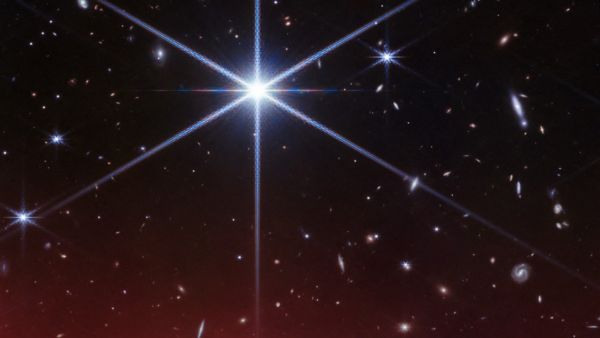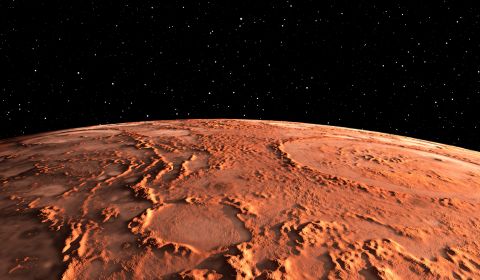ALBAWABA - NASA's James Webb Space Telescope (JWST) has made a ground-breaking discovery: it has taken previously unheard-of pictures of Barnard 33, sometimes referred to as the Horsehead Nebula, which is located in the constellation Orion.
The Horsehead Nebula, which resembles the outline of a foal in a field, is made up of turbulent gas waves that originate from the Orion B molecular cloud, which is around 1,300 light-years from Earth.
Thanks to the light from a nearby bright star, the nebula is illuminated, revealing remarkable columns of cold, dense gas and dust that were created by the erosion of lighter gases.
Scientists predict that in the next five million years, the brighter top region of the nebula—which resembles a sweeping curving wall-will disappear.
The JWST utilised NASA's Near-Infrared Camera (NIRCam) to concentrate on the top part of the nebula. What it saw was a scene that seemed like a curving wall made of hazy, thick gas and dust, with stars and galaxies scattered over the background.
Using the Mid-Infrared Instrument (MIRI) and NIRCam pictures, a multinational group of astronomers discovered complex small-scale structures near the nebula's lighted edge.
As a consequence of the dust cloud evaporating due to ultraviolet (UV) radiation, dust particles scatter across hot gas and create comparable patterns.
The Horsehead Nebula, also referred to as a "emission nebula region," is a region of hot, neutral gas and dust that is apart from the ionised gases that surround young, massive stars.
The examination of light originating from these areas provides significant understanding of the complex physical and chemical mechanisms that control star formation and the development of interstellar matter across the universe.










